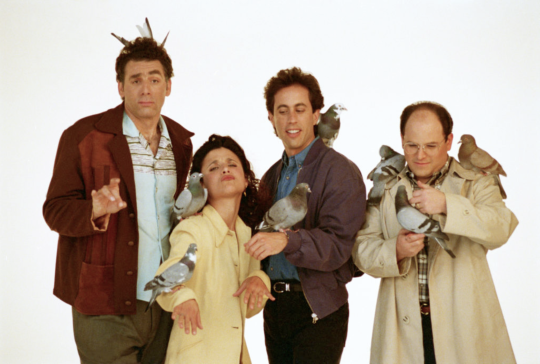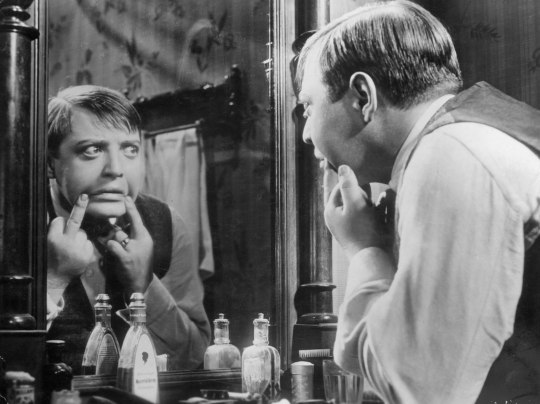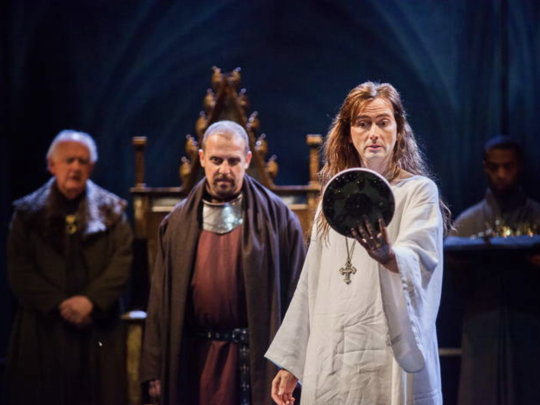Unbroken Windows: How New York Gentrified Itself On Screen by Jason Bailey
By Yasmina Tawil
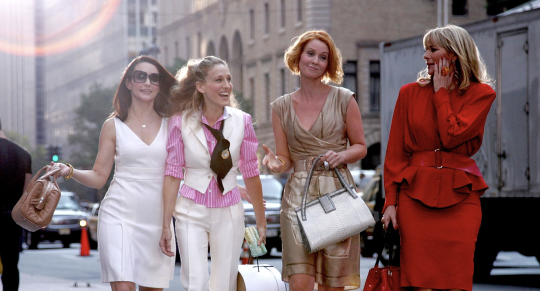
It was 1972, and Lewis Rudin had a problem—specifically, a Johnny Carson problem. Rudin, a real estate developer and committed New Yorker, had founded the Association for a Better New York (ABNY), an organization dedicated to cleaning up the city’s image (and thus, its attractiveness to corporate clients) via aggressive campaigning and spit-shine marketing; the organization was, for example, instrumental in the development of the iconic I NY campaign.
But all the good work ABNY was doing, Rudin fumed to the organization’s executive director Mary Holloway, felt like pushing Sisyphus’ boulder when he switched on NBC late at night: “How can we change the image of New York when Johnny Carson’s opening monologue every night is about people getting mugged in Central Park?”
As reported by Miriam Greenberg in her book Branding New York: How a City in Crisis Was Sold to the World, Rudin went to the trouble of meeting with network heads, imploring them to pressure personalities like Carson to lighten up on the “New York City is a crime-ridden cesspool” jokes. In 1973, Mayor John Lindsay himself called network executives and even some comedians to a City Hall meeting where he made a similar plea. This was in stark contrast to the usual modus operandi of the Mayor’s Office of Film, Theatre, and Broadcasting, which prided itself on avoiding censorship or editorial interference in the making of motion pictures in the city—indeed, several of the grimmest, grimiest portraits of life in New York (Death Wish, Panic in Needle Park, Little Murders, The French Connection) were borne of this period. But people had to go out to see those. Johnny Carson came into their living room every night to tell them what a shithole New York was.
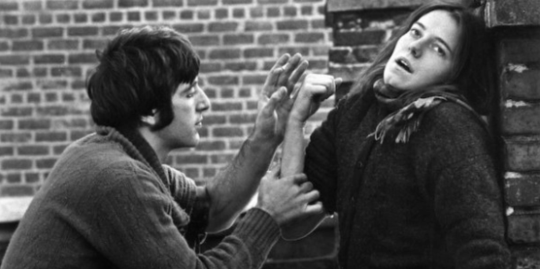
Rudin and Lindsay’s efforts were ultimately unsuccessful. Johnny Carson continued to roast the city—especially after escaping it when The Tonight Show relocated to Burbank, California in 1972—and prime-time comedies like All in the Family, Taxi, and Welcome Back, Kotter mined similar veins of urban unrest. Meanwhile, gritty crime series from Kojak to Cagney & Lacey to The Equalizer presented a similar picture of the city—dirty, grimy, and dangerous—to that of films like Taxi Driver, The Taking of Pelham One Two Three, The Warriors, and Fort Apache, The Bronx.
But in the 1990s, that all changed. And there’s a compelling case to be made that the change began with Jerry Seinfeld.
*
